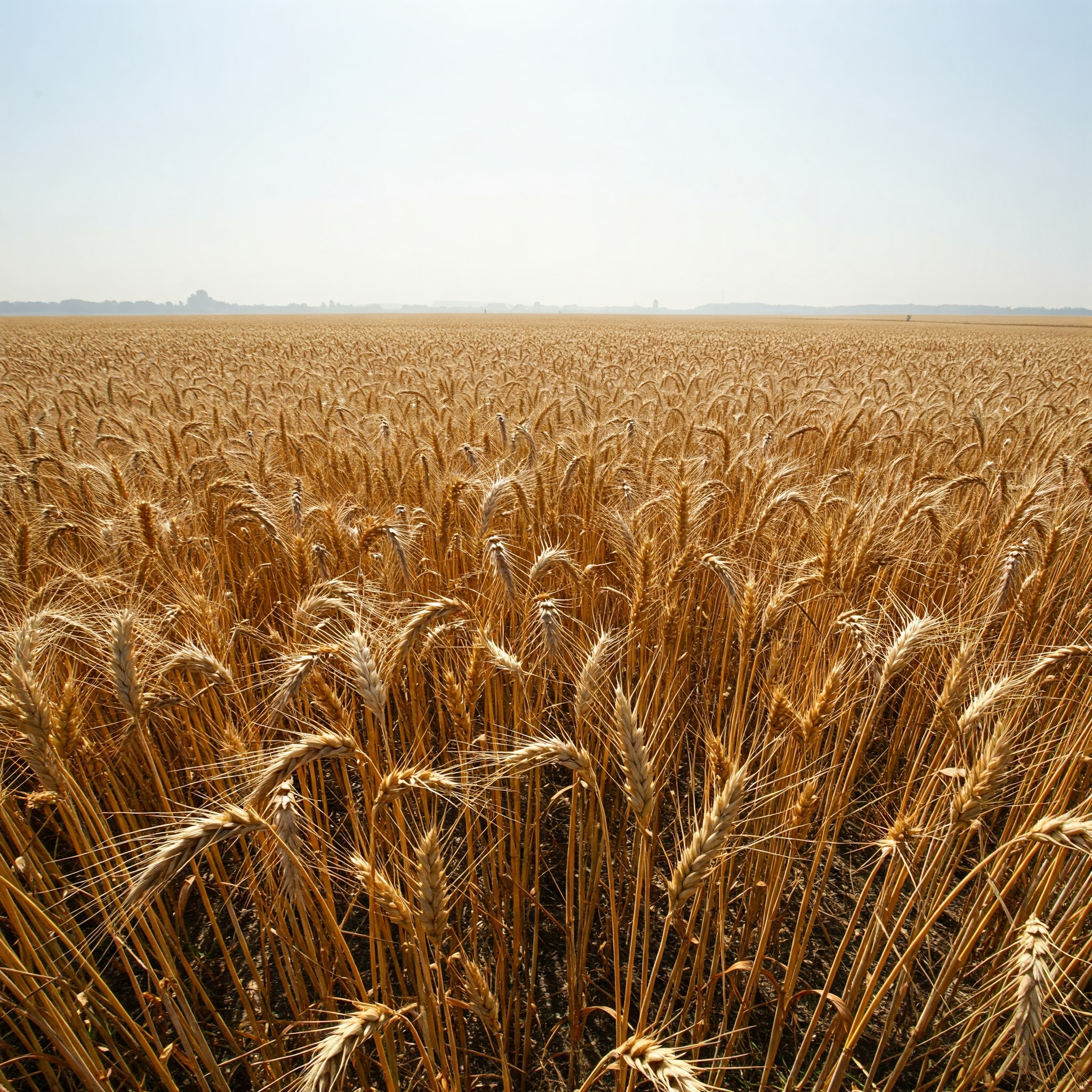Wheat is a vital crop, serving as a key food staple and a primary source of nutrition for billions of people worldwide. However, wheat production faces numerous challenges, including environmental stressors, soil degradation, and the growing demand for sustainable farming practices. Over recent years, biostimulants, such as Algifol, have emerged as a promising solution to enhance wheat growth, productivity, and resilience.
What Are Biostimulants?
Biostimulants are natural or synthetic substances and microorganisms that, when applied to plants or soils, improve the plant’s ability to withstand abiotic stresses (like drought, heat, and nutrient deficiency) and enhance its overall growth and development. Unlike chemical fertilisers or pesticides, biostimulants do not directly provide nutrients but rather improve the plant’s physiological processes, helping it make better use of the resources available.
Types of biostimulants include those made from seaweed, such as Algifol, which uses seaweed extracts and contains humic acids, amino acids and natural growth regulators. Other biostimulants are made from humic substances, amino acids, beneficial microorganisms, and plant hormones. Biostimulants can promote plant health, increase yield, improve grain quality, and even reduce the need for synthetic inputs like fertilisers and pesticides.
How Biostimulants Enhance Wheat Growth
Improved Stress Tolerance
Wheat crops often face environmental stress, such as drought, heat, salinity, and nutrient deficiencies, all of which can stunt growth and reduce yield. Biostimulants can mitigate these stresses by enhancing the plant’s defence mechanisms and promoting more efficient water and nutrient use.
For instance, seaweed-based biostimulants are known to activate the plant’s stress response pathways, helping wheat crops cope with extreme conditions. By boosting the plant’s antioxidant activity and cellular repair mechanisms, biostimulants allow wheat to thrive under challenging conditions, leading to higher productivity even in suboptimal environments.
Enhanced Nutrient Use Efficiency
Biostimulants can also help wheat plants better utilise nutrients, including nitrogen, phosphorus, and potassium. These nutrients are essential for wheat growth, but often, they are present in insufficient quantities or are not easily absorbed by the plant.
Biostimulants can increase nutrient uptake efficiency by improving root development and stimulating soil microorganisms. For example, certain biostimulants enhance the growth of mycorrhizal fungi, which form symbiotic relationships with wheat roots and facilitate better nutrient absorption, particularly in nutrient-poor soils. This leads to healthier plants and higher yields without the need for excessive fertiliser application.
Root Development And Soil Health
The health and development of a plant’s root system are critical for its overall growth. Biostimulants can promote root proliferation, resulting in a more extensive and deeper root network that allows wheat to access water and nutrients more effectively. By encouraging the growth of secondary roots and root hairs, biostimulants help wheat plants reach deeper into the soil profile, increasing their resilience to drought conditions and improving nutrient uptake.
Some biostimulants, particularly those containing beneficial microorganisms, can improve soil structure and biological activity. These microorganisms break down organic matter in the soil, improving its texture, water retention, and nutrient content, which ultimately benefits plant growth.
Increased Photosynthesis and Biomass Production
Biostimulants can also increase photosynthetic efficiency by enhancing the chlorophyll content in wheat leaves. This leads to more efficient light absorption, resulting in improved energy production for growth. By promoting better photosynthetic activity, biostimulants help the plant produce more biomass, which translates into stronger stems, more leaves, and higher grain yield.
Improved Grain Quality
In addition to boosting yield, biostimulants can also improve the quality of wheat grains. They can enhance the nutritional profile of the grain, including increasing protein content and reducing the effects of diseases that may compromise grain quality. The balanced growth induced by biostimulants helps achieve uniform grain development, leading to higher quality and better marketability.
Reduced Environmental Impact
One of the key benefits of biostimulants is their potential to reduce the environmental impact of wheat farming. By improving nutrient use efficiency, biostimulants can reduce the need for synthetic fertilisers, which are associated with soil degradation, water pollution, and greenhouse gas emissions. Furthermore, biostimulants can help wheat crops grow more efficiently, leading to higher yields on existing farmland and reducing the pressure to convert natural ecosystems into agricultural land.
By improving nutrient uptake, promoting root growth, increasing photosynthetic efficiency, and enhancing overall plant health, biostimulants can help farmers optimise wheat yields while maintaining soil fertility and minimising the use of synthetic chemicals.
We hope this short overview of how biostimulants improve wheat crops has been useful. If you’d like to know more about Algifol, please don’t hesitate to contact Marcus on 07702 293 727 or email [email protected]

